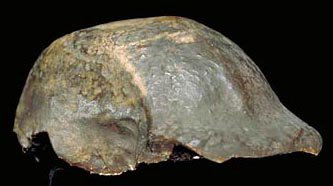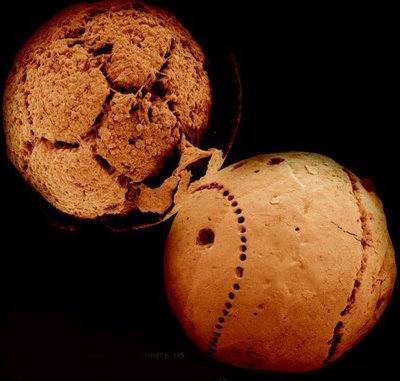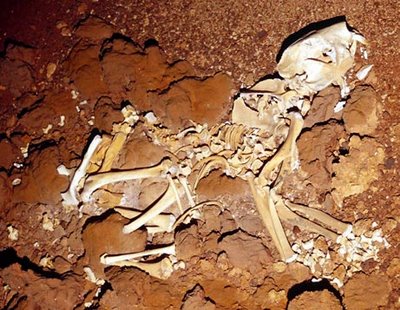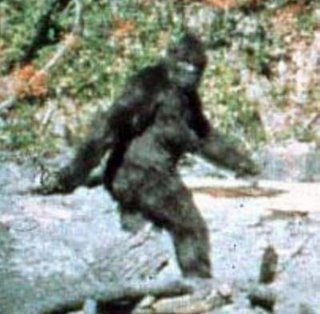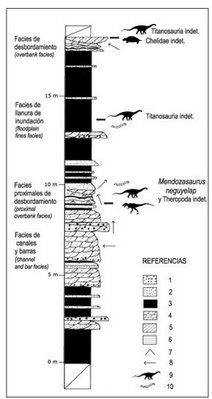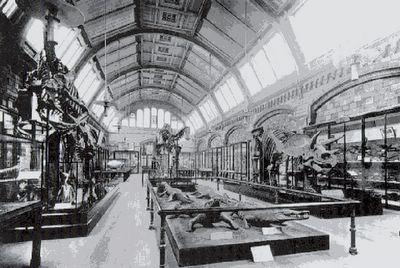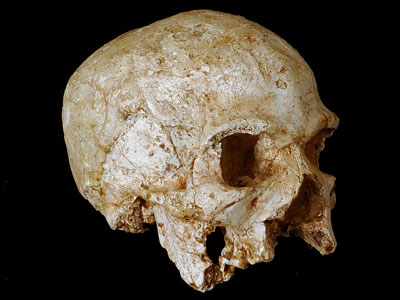In the Afar desert of Northern Ethiopia the African and Arabian continental plates meet and are tearing the landscape apart.From the press release:
In September 2005, hundreds of deep crevices appeared within a few weeks, and parts of the ground shifted eight metres overnight. More than two billion cubic metres of rising magma had seeped into a crack between the African and Arabian tectonic plates, forcing them further apart.

Topographic relief of the 60 km-long Dabbahu rift segment within the Afar Depression. Inset shows directions of plate divergence between the stable African (Nubian), Arabian, and Somalian plates. Image, Cynthia Ebinger, Royal Holloway U. London.
"Much of the activity between the continental shelves takes place deep underwater at the mid-ocean ridges. Ethiopia is the only place on the planet where we can see a continent splitting apart on dry land."
Dr. Wright and his colleagues will use satellite radar imaging to measure how the ground deforms. "In its simplest form, you are taking two snapshots of the same place, separated by a period of time, to see how far they have moved apart."
As the sides of the Ethiopian rift move apart, the gap between them is being plugged with molten rock, which then cools to form new land. And in around one million year's time the Red Sea could come flooding into the sinking region, re-shaping the map of Africa forever.
"It's very exciting because we're witnessing the birth of a new ocean," said Dr Wright. "In geological terms, a million years is the blink of an eye. We don't precisely know what is going to happen, but we believe that it may turn parts of Northern Ethiopia and Eritrea into an island, before a much larger land mass, the horn of Africa, breaks off from the continent."







